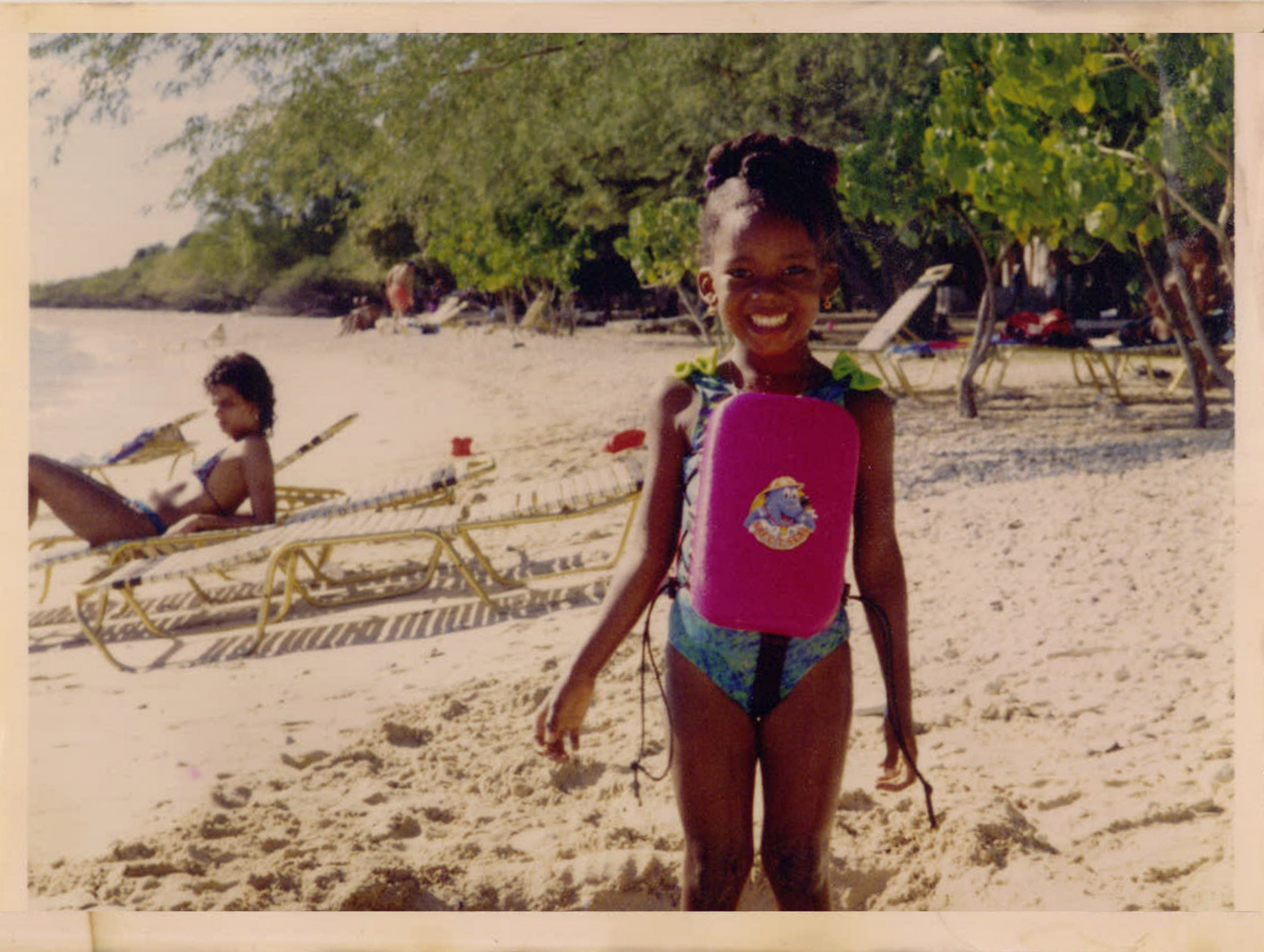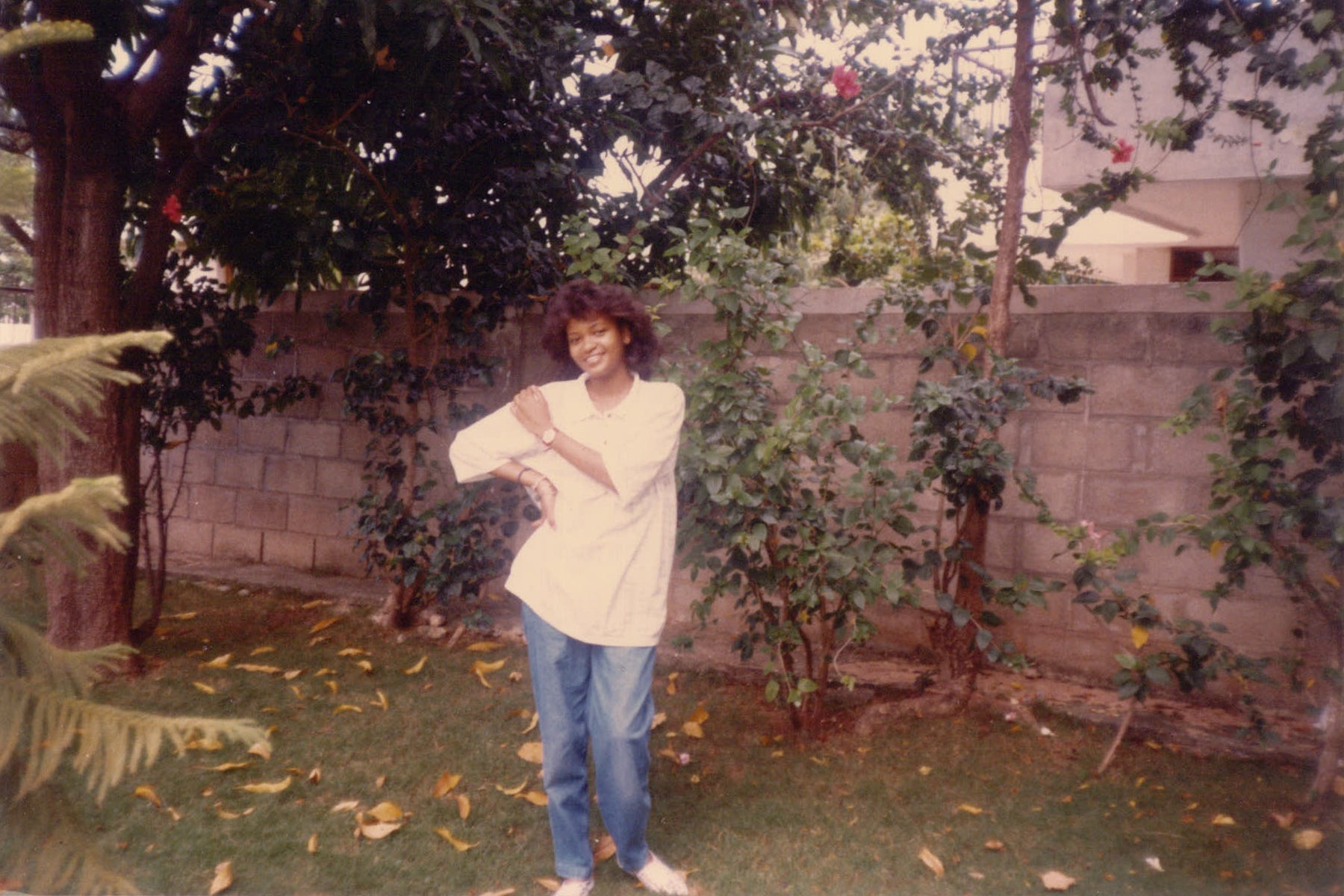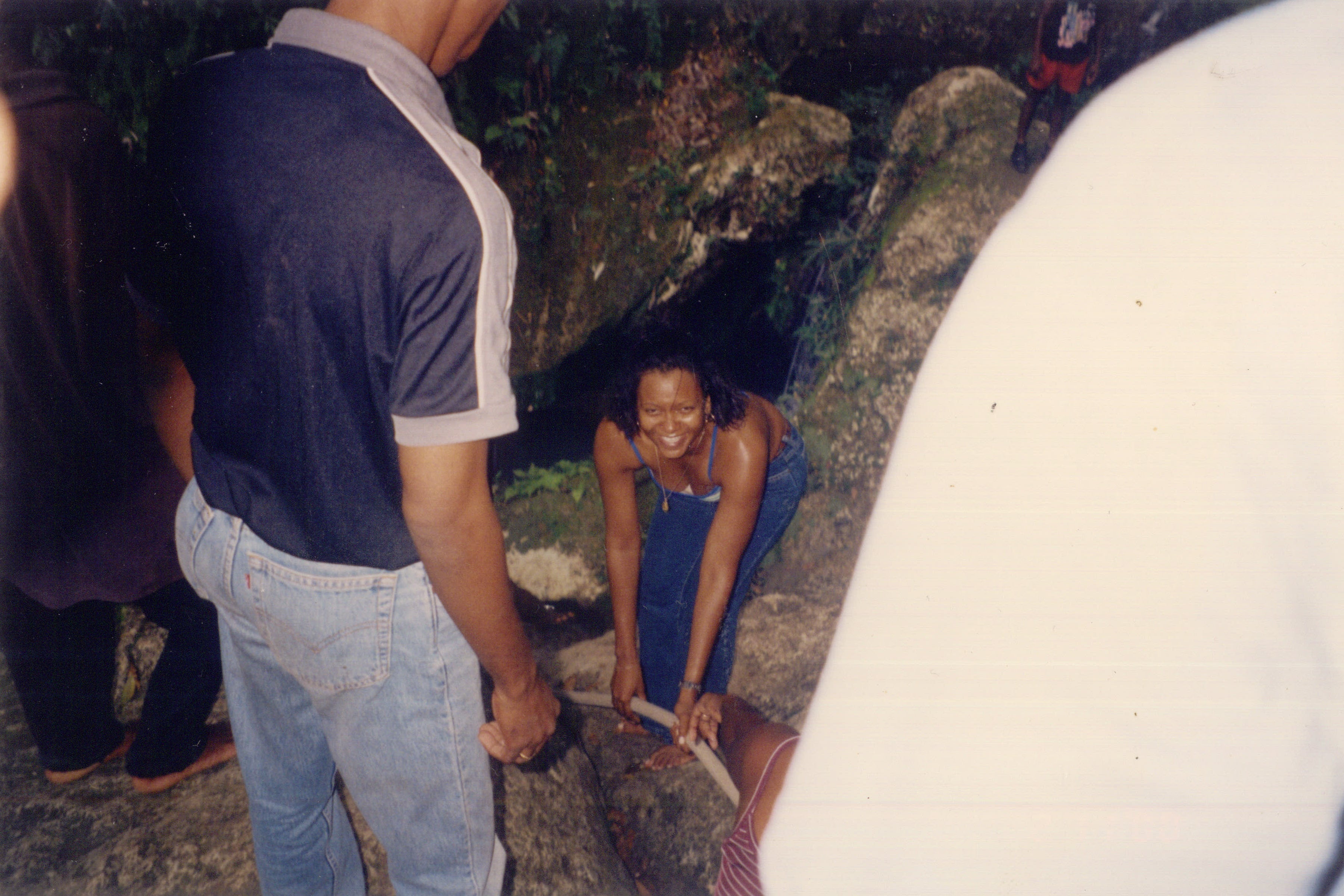We didn’t always call it skincare.
We called it:
Warm water before sunrise.
Leaves steeped on the stove.
Oils pressed into tired backs and blooming bellies.
We called it care.
And it lived in every home, every garden, every mother’s hands.
For us, Caribbean women, daughters of migration, kin to medicine-makers and homegrown healers, skincare has always been more than a routine. It’s ritual. It’s remembering. It’s how we love.
So, What Is Cultural Skincare?
Cultural skincare is skincare that remembers.
It honors where your skin comes from—its biology, its rituals, its sensitivities, and its stories. It begins with the truth. That our ancestors weren’t formulating for trends. They were blending for healing. For presence. For legacy.
This isn’t about borrowing from tradition. It’s about living it.
Cultural skincare understands that beauty isn’t universal. It’s contextual. It’s inherited. It speaks in the language of scent and memory, not just serums and claims.
We define cultural skincare as more than what’s in the bottle. It’s what led to the bottle in the first place:
-
The choublak bush that grew wild beside our childhood home
-
The jasmine vines that bloomed only after dusk
-
The understanding that skin health begins with belonging, not with bleaching, stripping, or numbing what we feel
We don’t just use botanicals. We use botanicals with memory. And we formulate in a way that honors both the ingredient and the ritual it came from.
Why Mainstream Skincare Doesn’t Speak to Us
Most skincare wasn’t made for us.
Not for skin with melanin. Not for skin that reacts with heat, stress, or memory.
Not for skin that lives between places or languages.
Even in “clean” beauty, there’s a disconnect. Formulas may be non-toxic, but they’re emotionally vacant. The industry replaced harsh ingredients with sterile minimalism but forgot the soul of the ritual.
Worse, it borrowed ingredients from our cultures without honoring where they came from—or who kept them alive.
We built Orijin because we wanted something different. Something whole.
How We Practice It
We’re not here to repackage our roots. We’re here to protect them and share them with integrity.
Our ingredients carry legacy.
We don’t just use hibiscus. We use choublak, the national flower of Haiti. A flower that offers natural AHAs and antioxidants. A flower that also represents feminine power, spiritual protection, and joy. A flower that reminds us of home.
We formulate slowly, by hand. With respect for what each ingredient does and what it means. That includes being mindful of sensitivity. Avoiding nut allergens in certain products, and using essential oils where they support the ritual, not overpower it.
Every blend is made with the body in mind and the culture in heart.
And when we speak about the skin, we don’t divide it into types. We meet it in its seasons. Dry, glowing, tender, breaking out, beginning again.
That’s the beauty of this approach. It moves with you. It listens. It changes.
The Future Was Always Here
This isn’t nostalgia. It’s innovation with memory.
Cultural skincare affirms that wellness isn’t one-size-fits-all. It shifts the center. It says: your skin is not too much. Your ritual is not wrong. Your story belongs here.
We’re not trying to fix you. We’re inviting you to return.
To your skin. To your lineage. To your Orijin.
Read more

My skin remembers more than one sun. My skin has traveled—even when I stayed still. It has translated climates, adjusted rituals, softened under new moons. I walk the aisles of beauty stores lookin...

A tribute to the woman behind Orijin’s earliest rituals. Where healing met heritage and what care really means.


Leave a comment
All comments are moderated before being published.
This site is protected by hCaptcha and the hCaptcha Privacy Policy and Terms of Service apply.